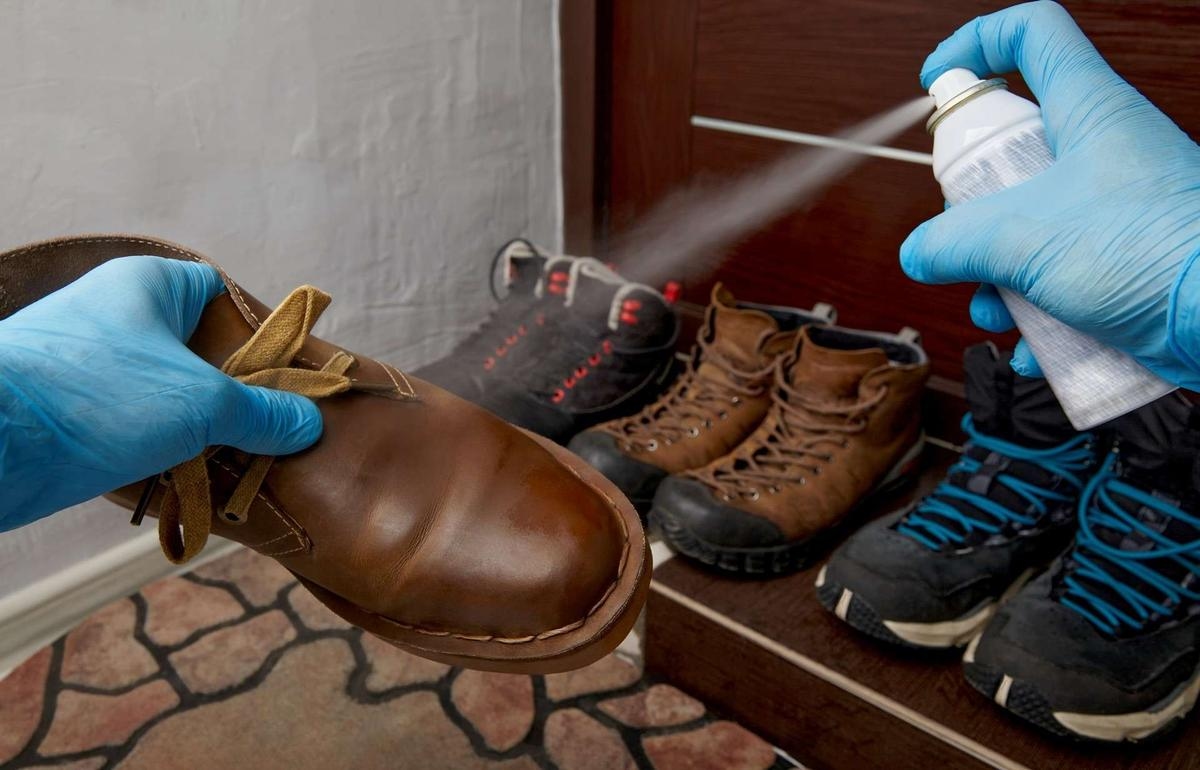Environment. Alsace Nature, a pioneer in environmental activism

During the Trente Glorieuses (Thirty Glorious Years), the authorities had no shortage of development projects to "lift Alsace up": large tourist resorts in the Vosges Mountains, a string of factories along the Rhine and regular road links connecting them to the plain open to urbanization, and finally, the creation of golf courses to offer a "green interlude." This triumphant industry did not please everyone: as early as 1965, the Regional Federation for Nature Protection (AFRPN), which would become Alsace Nature in 1991, questioned why the remarkable alluvial forest bordering the Rhine was not considered as anything other than a land reserve for industry.
A pioneer of its kind in France, the AFRPN brought together the first generations of whistleblowers, relied on a very dense network of associations, drew inspiration from neighboring Germany's growing interest in the nascent environmental movement, and painted an increasingly precise picture of regional ecological challenges. In the years following its creation, it supported or initiated a plethora of new projects, such as the establishment of the very first Conservatoire des sites alsaciens (Alsatian Sites Conservatory) in 1975.
In 1974, the creation of one of the first ZADs (zones to defend) in France (after the Larzac), in Marckolsheim, materialized in the occupation of the site of a future lead factory by hundreds of activists concerned about pollution and the preservation of the ancient Rhine forest. This event allowed Alsatian environmentalists to gain legitimacy and influence in the debate.
“What we gain is never guaranteed,” says Maurice Wintz, former president of Alsace Nature. “We often see projects reappear that challenge what we have achieved, even though we have contributed to changing the way we view nature. We advocated for a comprehensive analysis of development projects that doesn't stop at the initial effects, but in the perpetual confrontation between ecology and development, we have always been made scapegoats or useful troublemakers.”
In the space of sixty years, Alsace Nature has distinguished itself in many battles, including the fight against the burial of ultimate waste on the Stocamine site in Wittelsheim near Mulhouse, the western bypass of Strasbourg or the potability of water.
Le Journal de Saône-et-Loire

-a-reuni-2-000-personnes-le-9-octobre-1976-a-strasbourg-photos-d-archives-ebra-jacques-weiss-et-valerie-wackenheim-1762292572.jpg)




